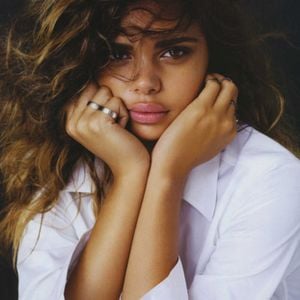
Addressing the misconception that quiet storm was only for blacks, Tanter said his listenership was 40% black, 40% white, and 20% other races. Following in the footsteps of KBLX, Lawrence Tanter of KUTE in Greater Los Angeles changed his station to an all-day quiet storm format from January 1984 until September 1987, playing "a hybrid that incorporates pop, jazz, fusion, international, and urban music". In 1993, Harper took ill and Champaine continued the program as Quiet Storm II. In the New York tri-state late night market, Vaughn Harper deejayed the quiet storm graveyard program for WBLS-FM which he developed with co-host Champaine in mid-1983. In the San Francisco Bay Area, KBLX-FM expanded the night-time concept into a 24-hour quiet storm format in 1979. with a core black, urban listenership adopted a similar format for its graveyard slot.

The format was an immediate success, becoming so popular that within a few years, virtually every station in the U.S. "The Quiet Storm" was four hours of melodically soulful music that provided an intimate, laid-back mood for late-night listening, and that was the key to its tremendous appeal among adult audiences. The song developed into Lindsey's theme music which introduced his time slot every night.

The name of the show came from the Smokey Robinson song "Quiet Storm", from his 1975 album A Quiet Storm. The response from listeners was positive, and WHUR station manager Cathy Hughes soon gave Lindsey and Shuler their own show. Lindsey's on-air voice was silky smooth, and the music selections were initially old, slow romantic songs from black artists of the 1950s, 1960s, and 1970s, a form of easy listening which Lindsey called "beautiful black music" for African Americans.

Melvin Lindsey, a student at Howard University, with his classmate Jack Shuler, began as disc jockeys for WHUR in June 1976, performing as stand-ins for an absentee employee.


 0 kommentar(er)
0 kommentar(er)
